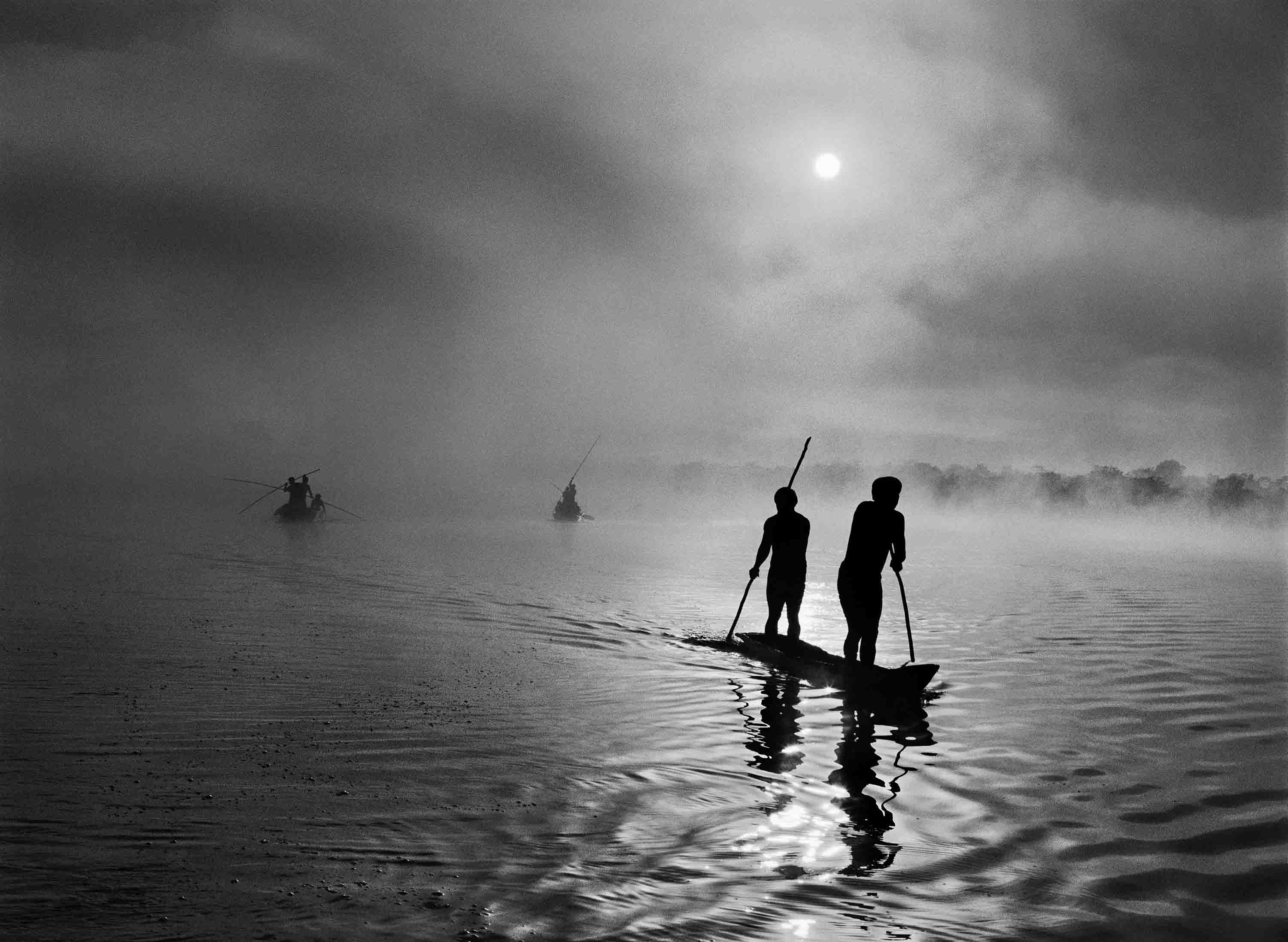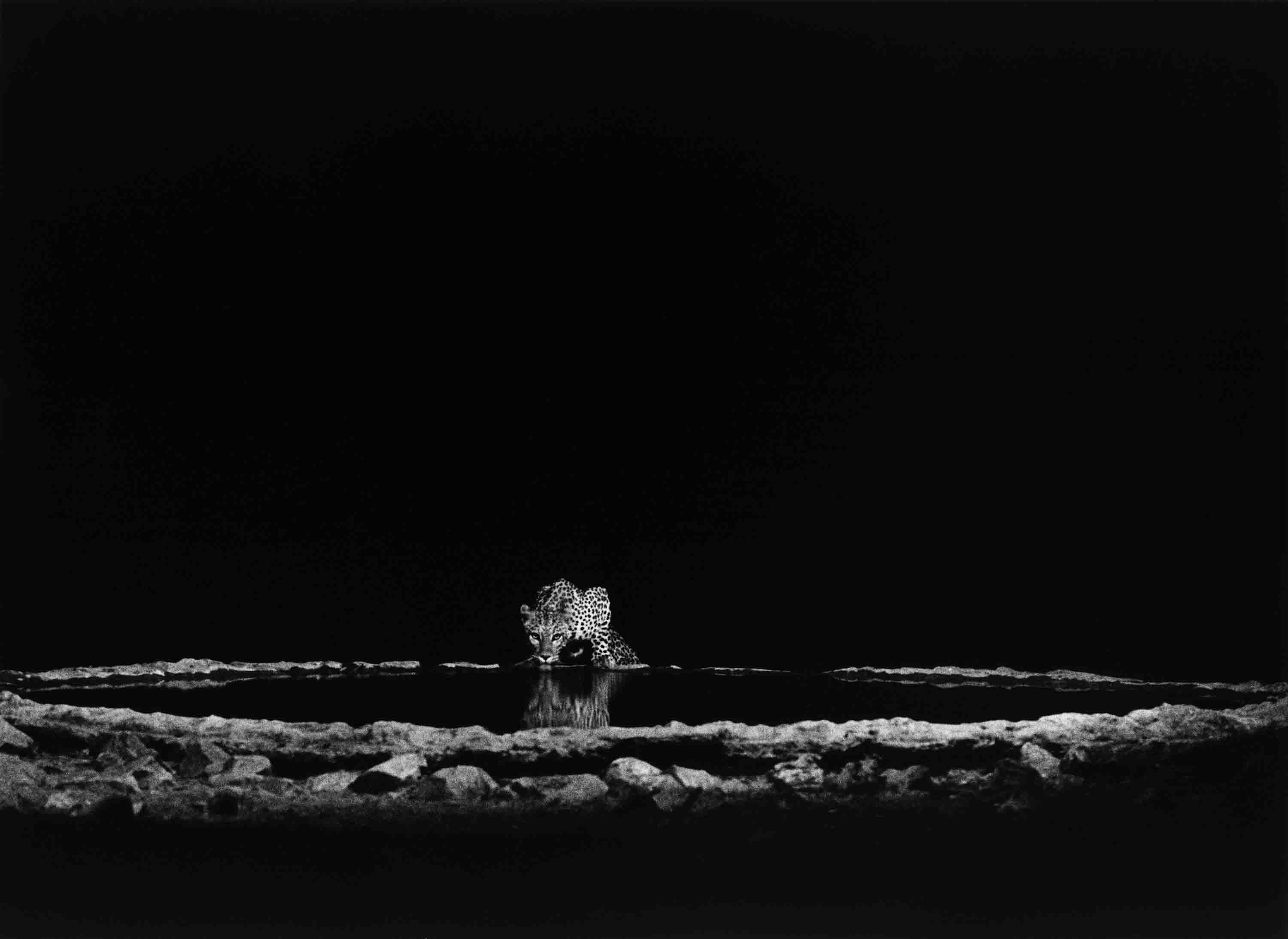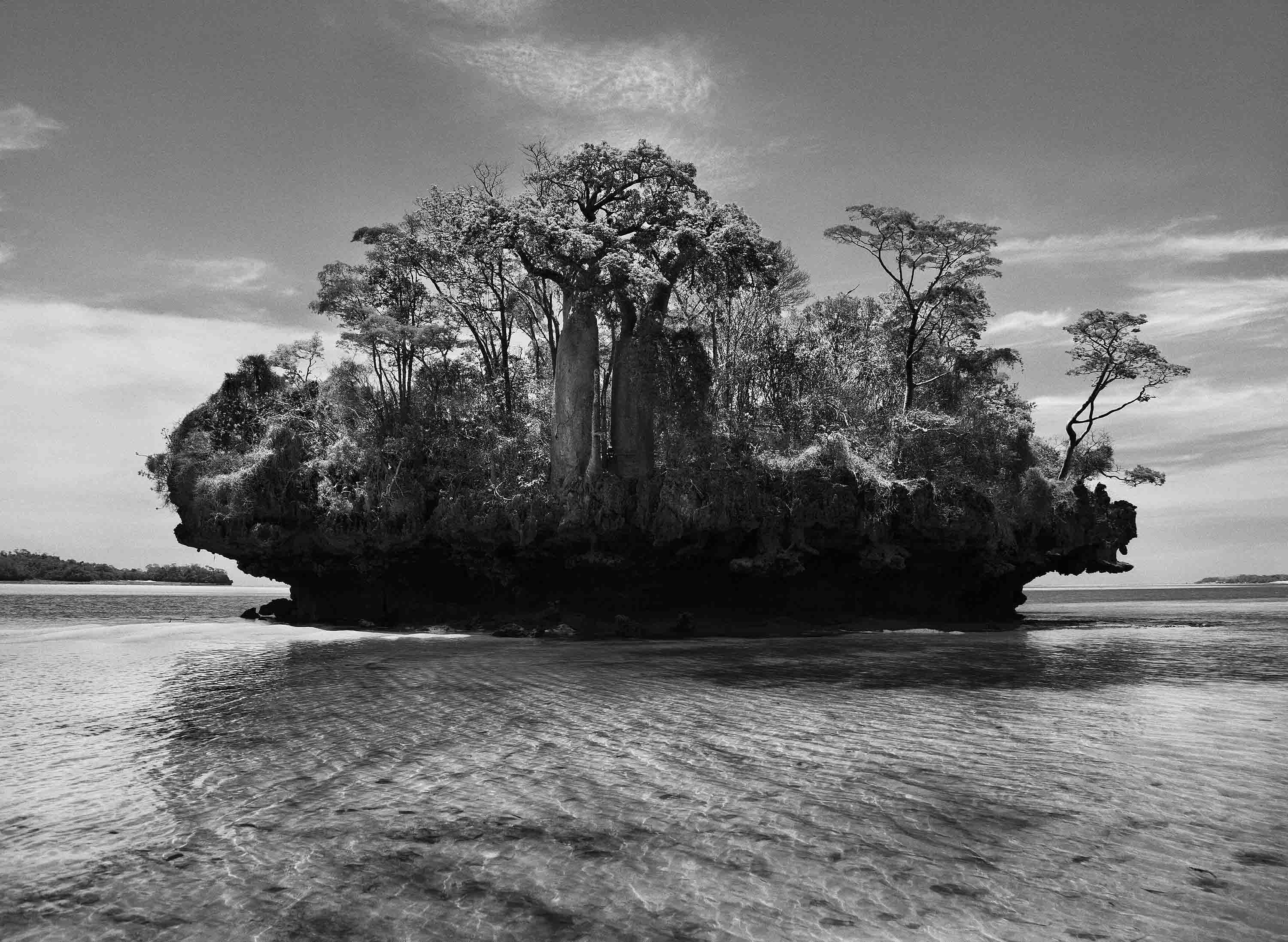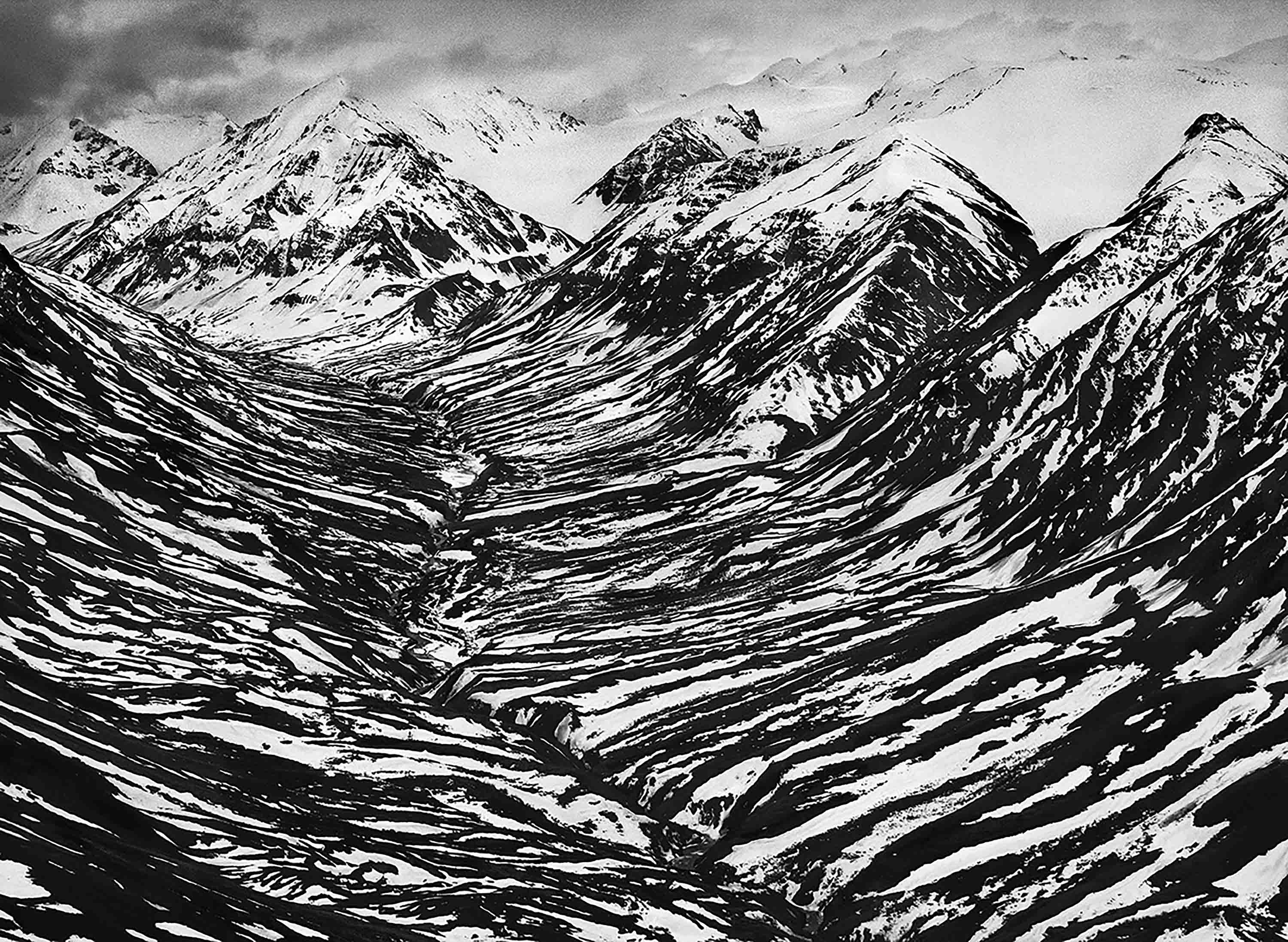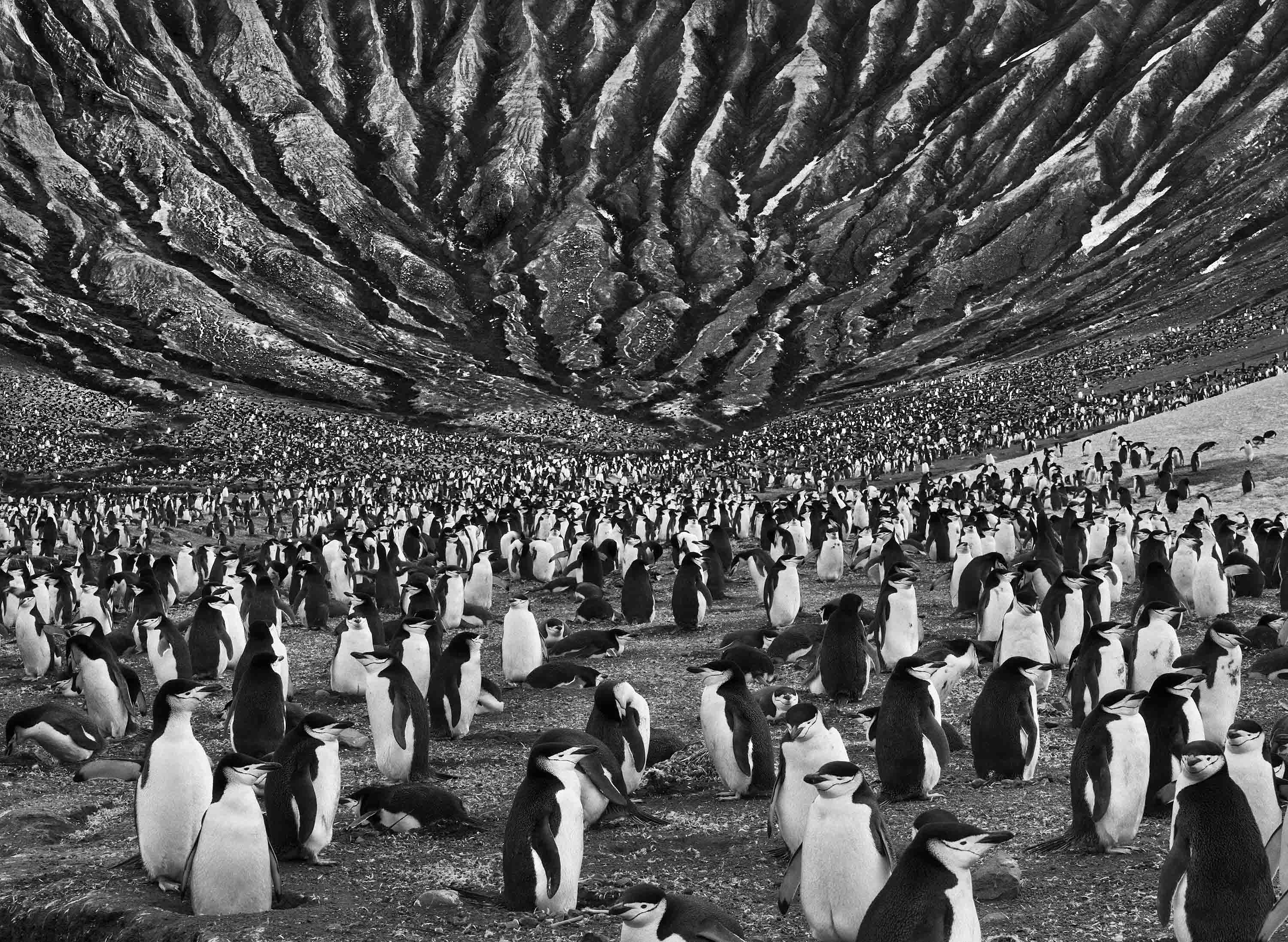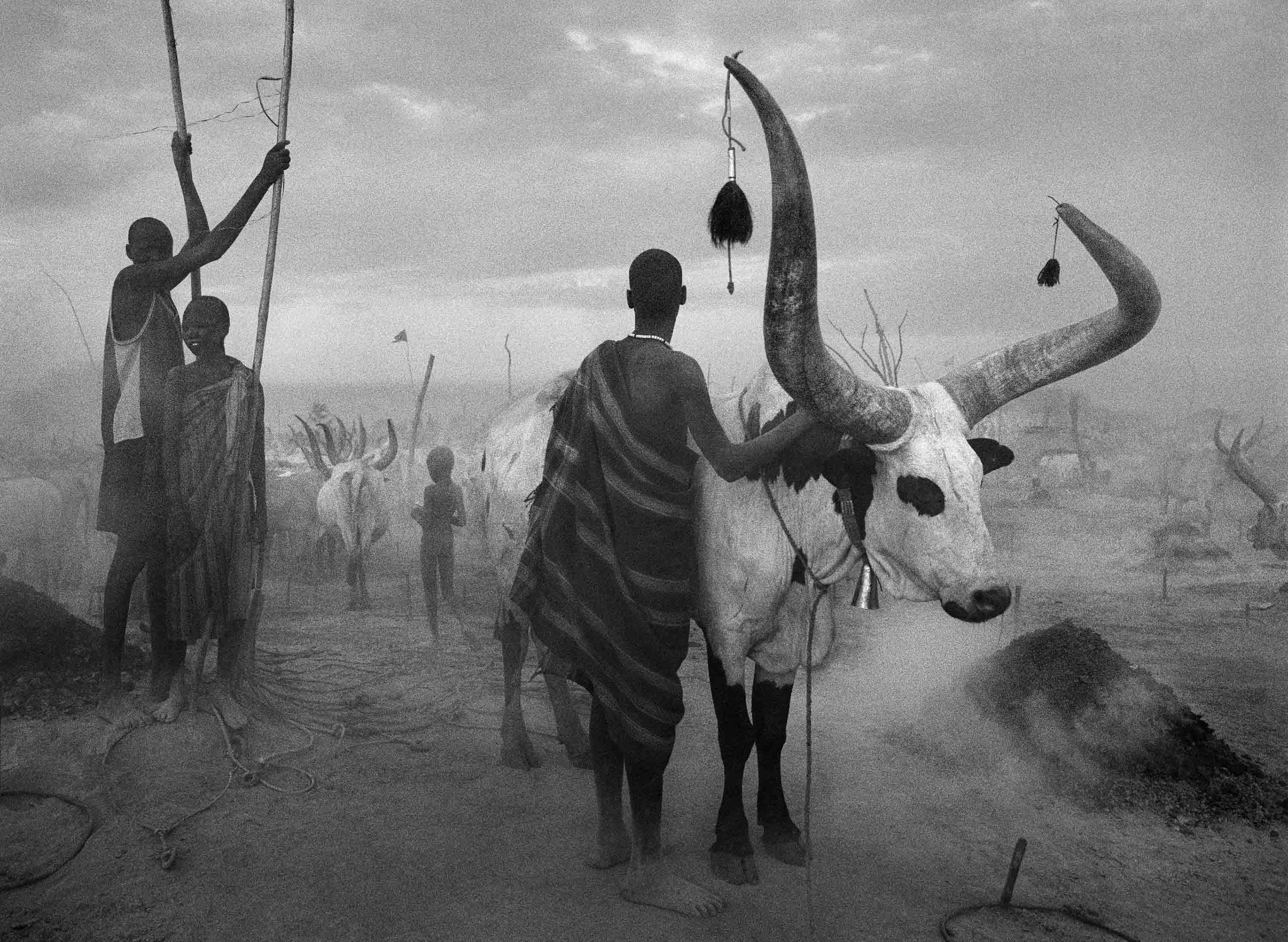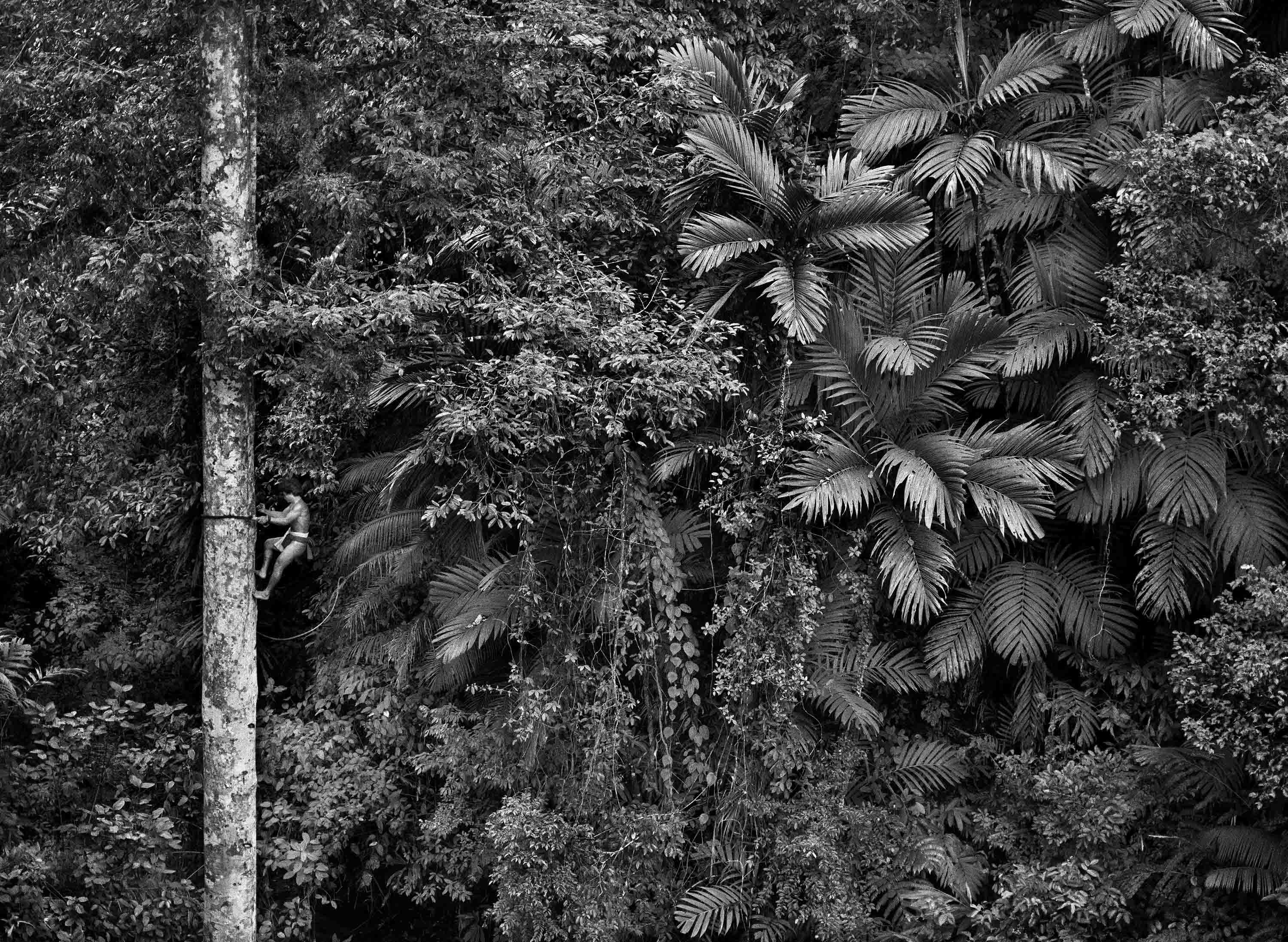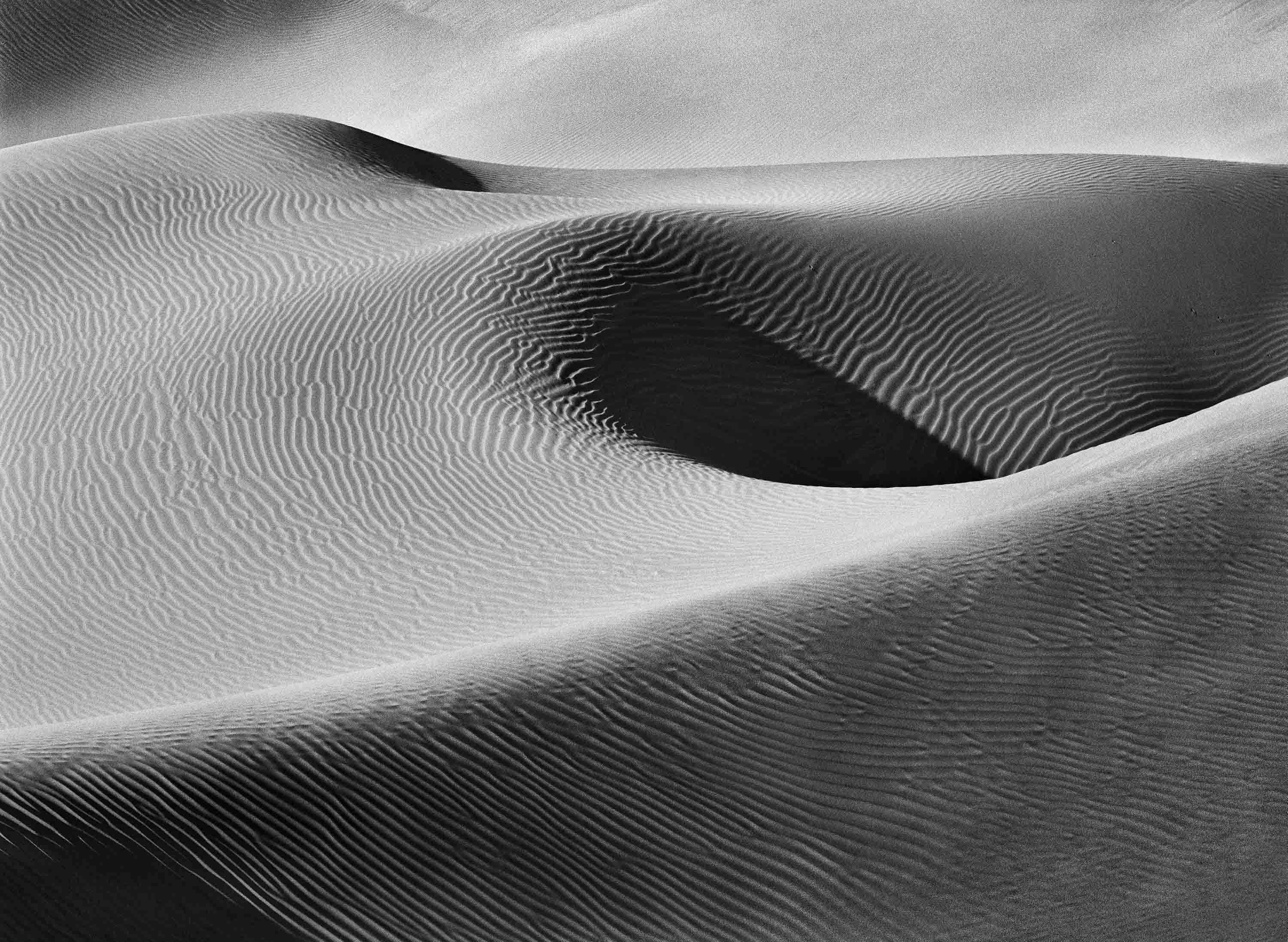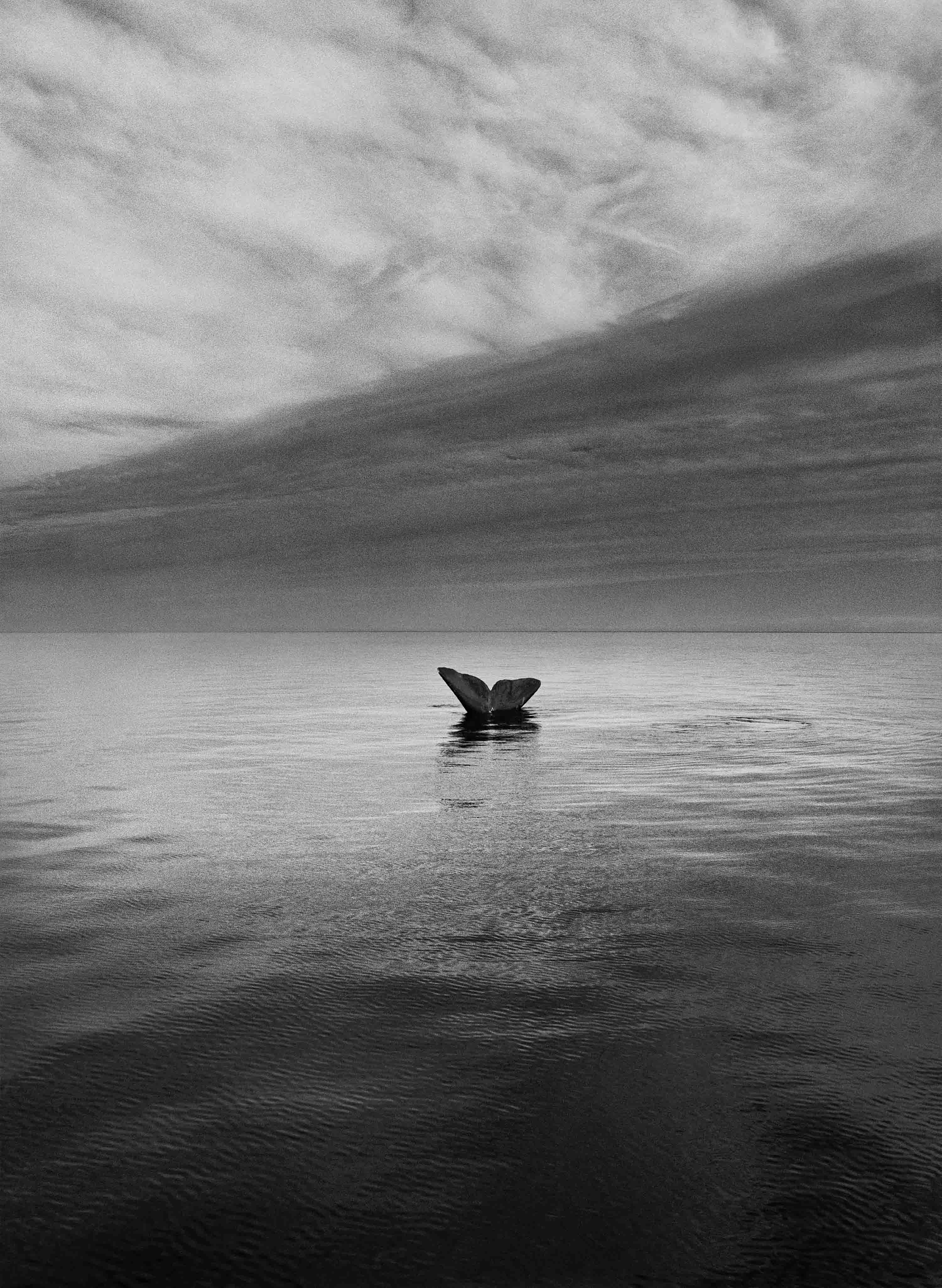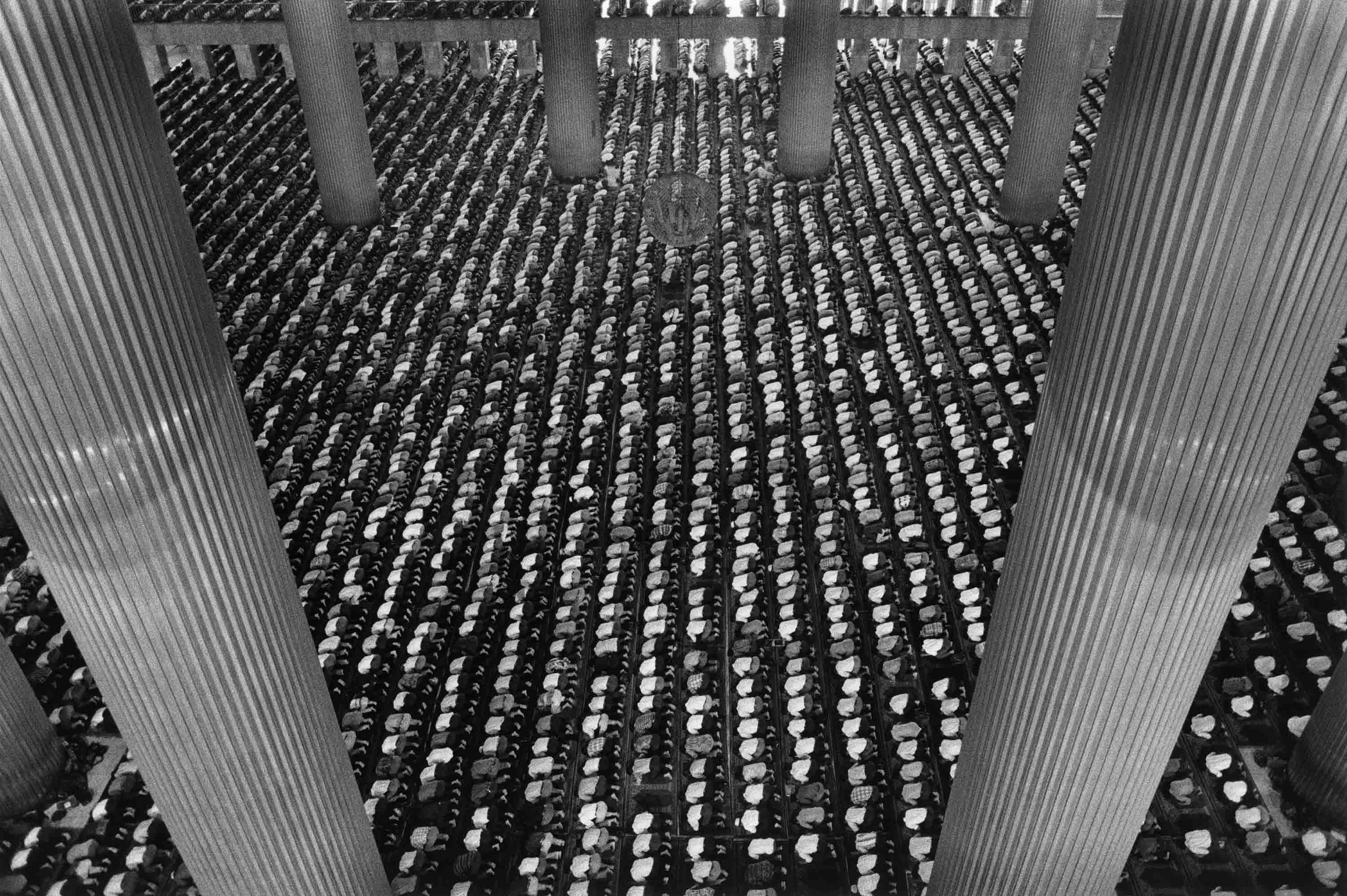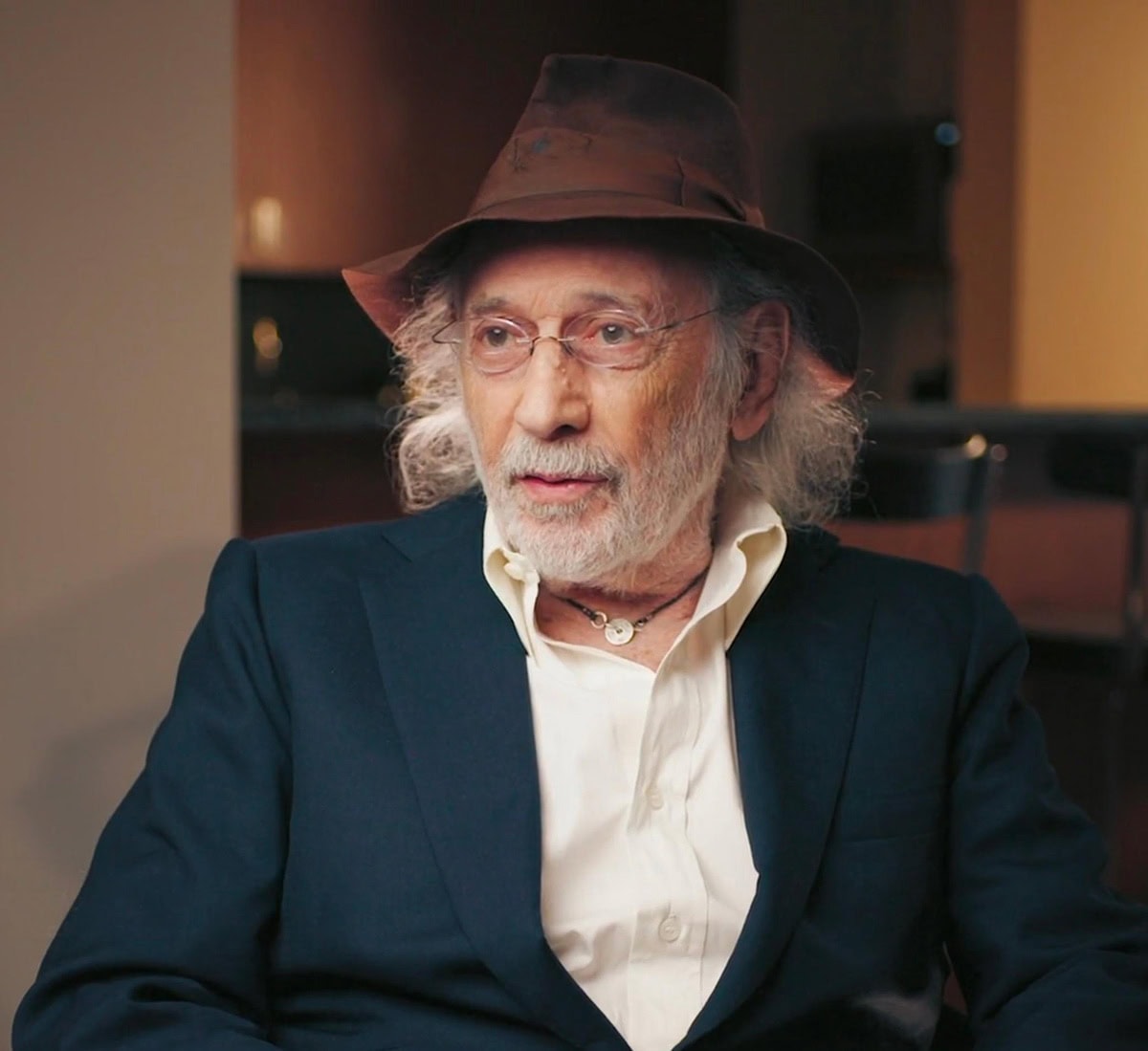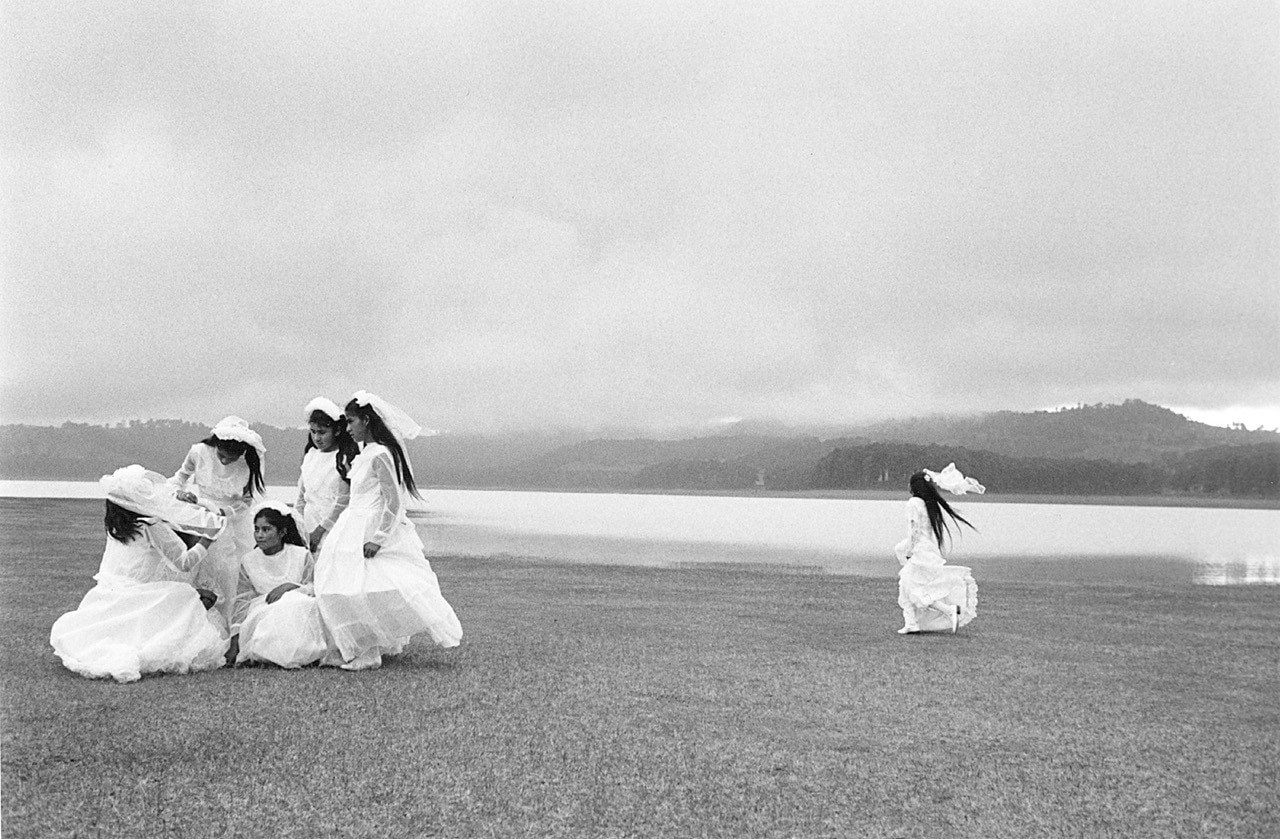Brutality and Peril in Brazil: Sebastião Salgado’s Serra Pelada Series

06th September 2021
This photograph, along with 27 other images, form Salgado’s early body of work during which he ventured into the dangerous depths of Brazil’s Serra Pelada gold mine. Located in Pará, 430 kilometres south of the mouth of the Amazon River, Serra Pelada was infamous for its vast numbers of local miners often working under brutal and perilous conditions.
In 1979, a child’s discovery of a 6 gram nugget of gold in a nearby river solidified a local farmer’s belief that he was residing on a gold deposit. This event sparked a subsequent gold rush, determining that the farm was in fact one of the largest gold deposits in the world. The area quickly garnered universal attention and attracted swarms of visiting miners, with many walking 15 kilometres down a dirt track to reach the remote mine, heartened only by the sheer prospect of finding gold. The surrounding town eventually grew into a stunted, ramshackle collection of huts and tents, built up with the limited materials people could carry by hand.

Every day 50,000 gold diggers descended within Serrra Palada’s open top mine, its gaping hole spanning 200 metres wide and deep. The State gave concessions of 65 sq ft of vertical land wells to each owner who had no other choice but to dig directly downwards. Each well had space for ten workers (diggers, carriers, supervisors), and the carriers hauled sacks of soil for 0.20 US cents each. The men struggled over one another’s plots and up rickety wooden ladders to reach the upper edge where they received a ‘slip’ for their sackload. The gold diggers were known as ‘mud dogs’ as they waded through dirt and slime. If gold was found, the plot owner paid 10% commission to the cooperative. Operating for six years, Serra Pelada was widely known for its appalling conditions, defined by violent conflict and socioeconomic vulnerability. The physical hardship and precariousness of the manual work took a devastating toll on its miners, and the luscious vegetation of the once-farm was reduced to a seemingly never ending expanse of mud.
Today the cavernous hole lies abandoned. Once teeming with exhausted men, the mine now sits disused, slowly filling up with a lake of polluted water. In his Serra Pelada series, Salgado immortalised scenes of medieval horror as tens of thousands of men worked tirelessly in inhumane conditions. Salgado’s images were published worldwide, with his vertigo-inducing scenes revealing the scale of the Dante-esque hell endured by the miners. Despite the foreboding shadow cast by humanity’s propulsion towards self-destruction, community is constantly at the centre of Salgado’s vision. Whether displaced, degraded or corrupted, humanity can always be ennobled through the return to community.
FeaturedSebastião Salgado
FeaturedSebastião Salgado
The ArtistUndertaking projects of vast temporal and geographic scope, Sebastião Salgado is one of the most celebrated photojournalists working today. Whilst inescapably memorable for their beauty, Salgado’s photographs are laden with political purpose exposing the social and environmental problems facing our planet.
Artist Page